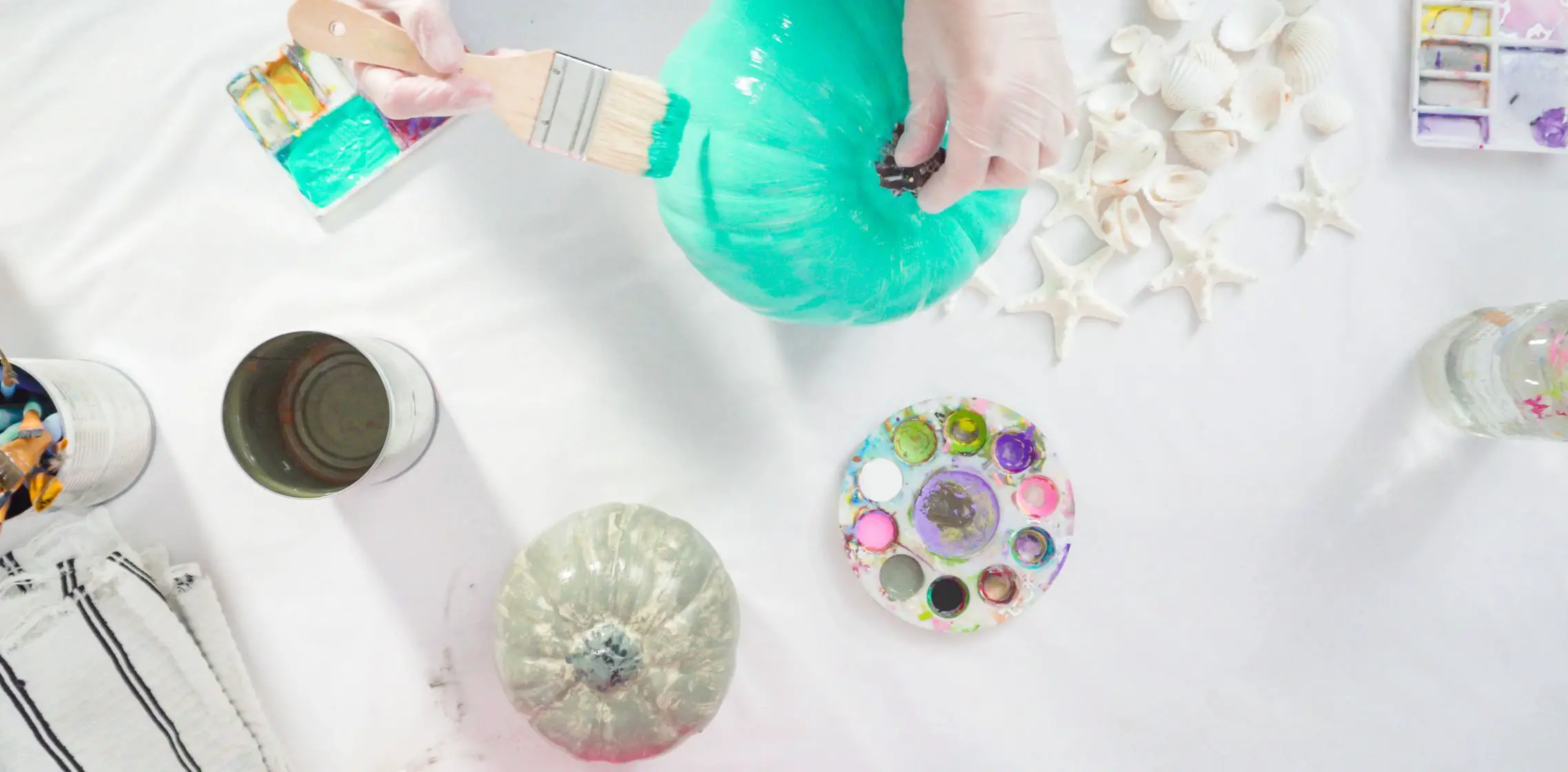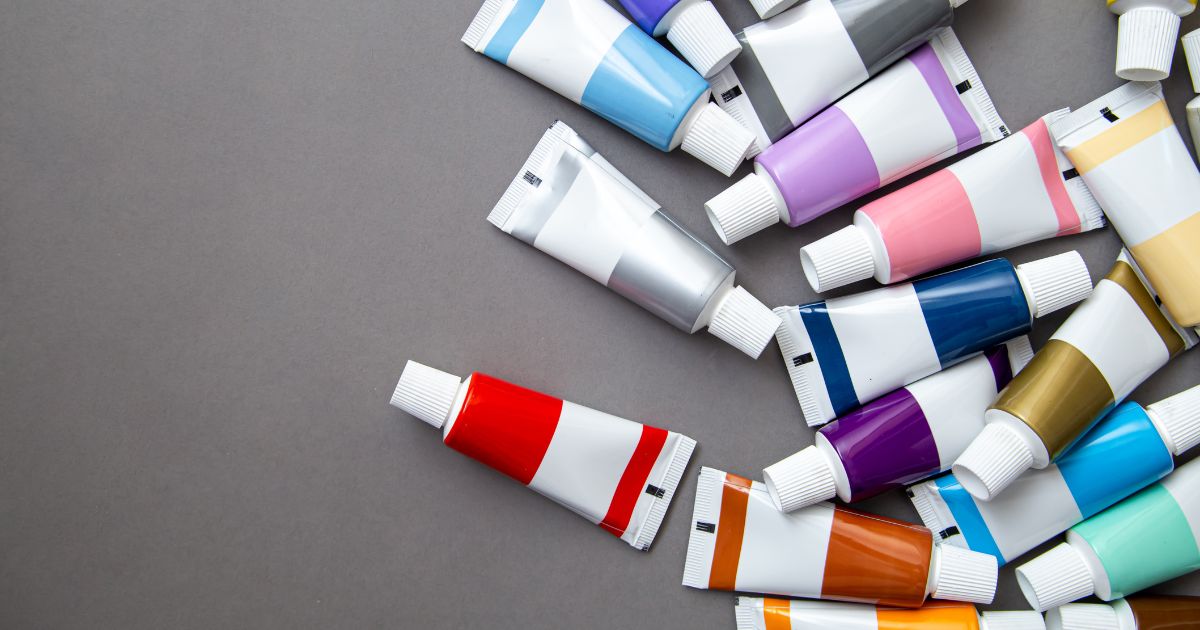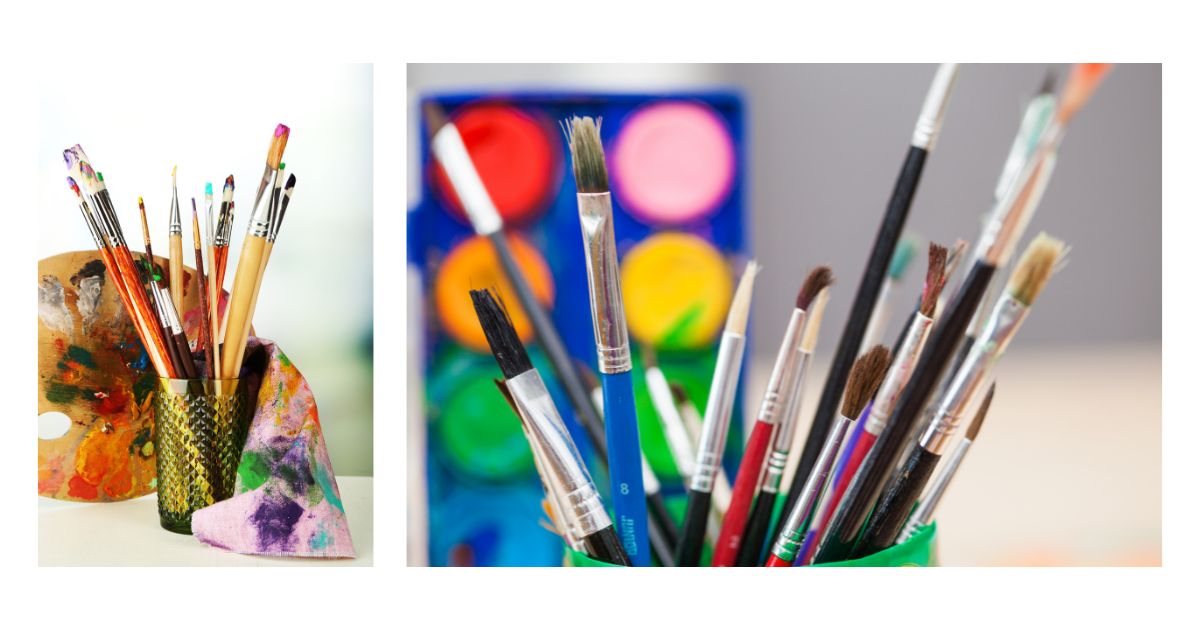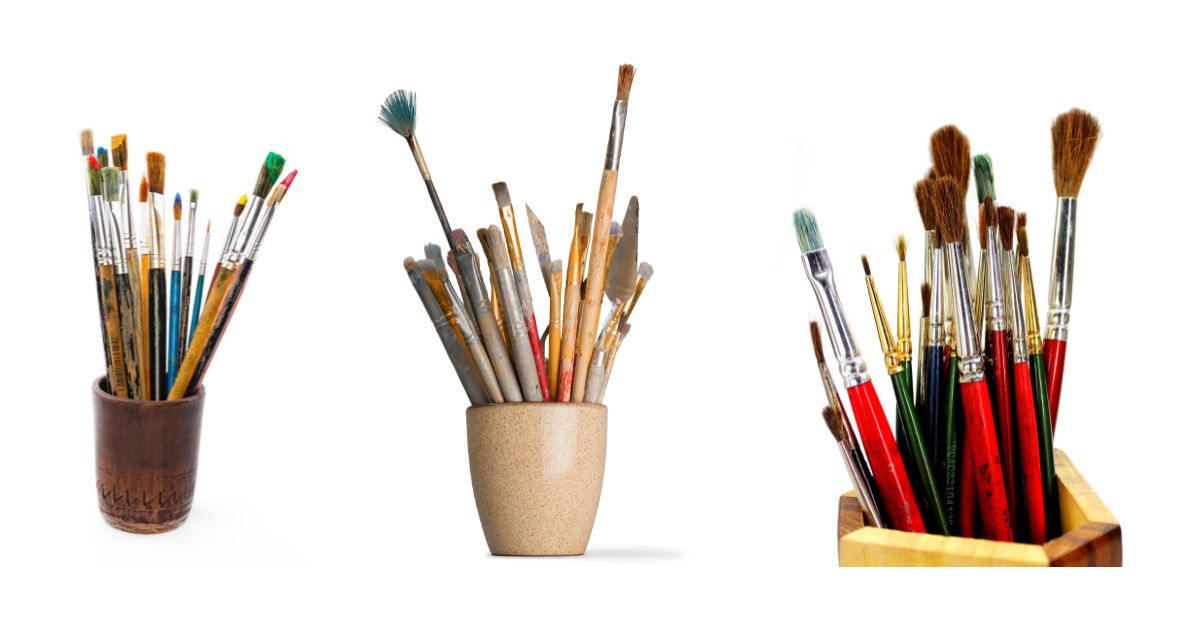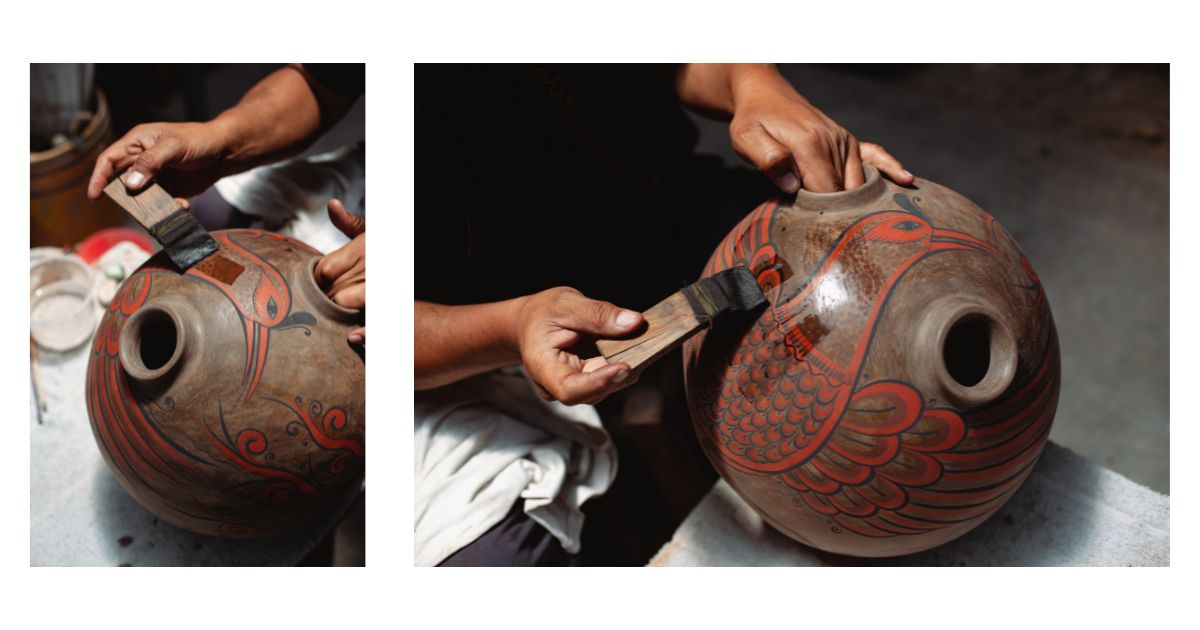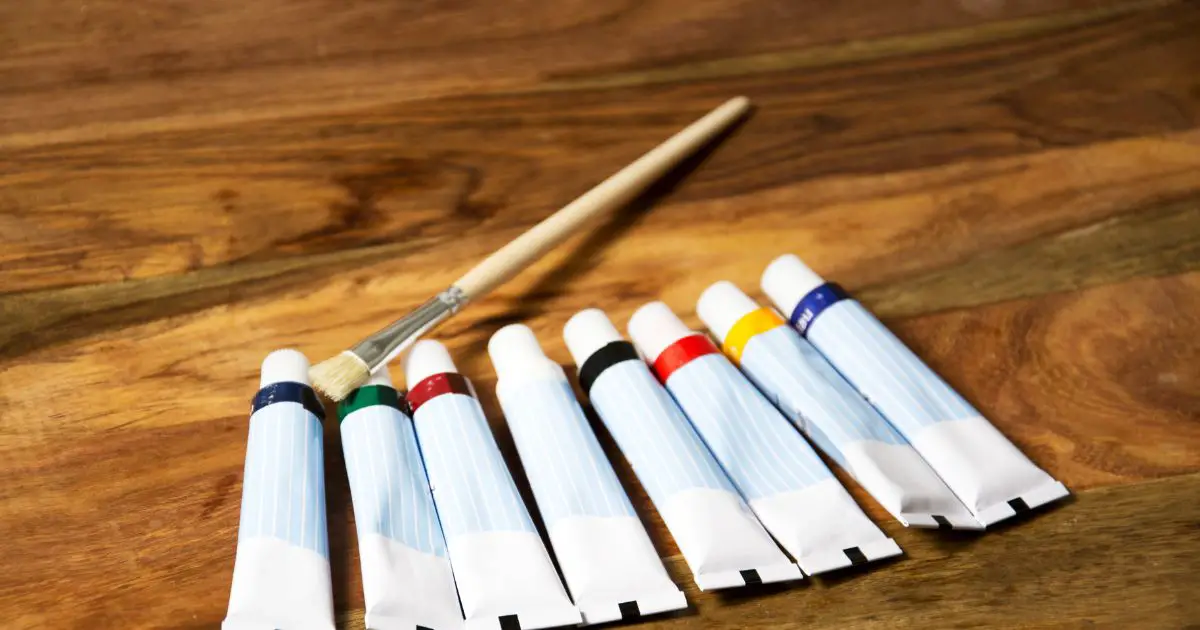When it comes to acrylic paints, there is a wide range of options available, from affordable student-grade paints to more expensive professional-grade ones.
Many artists wonder if investing in expensive acrylic paints is worth it or if cheaper alternatives can suffice. In this blog post, we will delve into the pros and cons of both options and help you make an informed decision based on your artistic needs.
The Limitations of Cheap Acrylic Paints
Cheap acrylic paints have their advantages, especially for large mural projects or student artwork. They are often more affordable and readily available. However, one of the drawbacks of cheaper paints is their lower color strength and limited mixing capabilities.
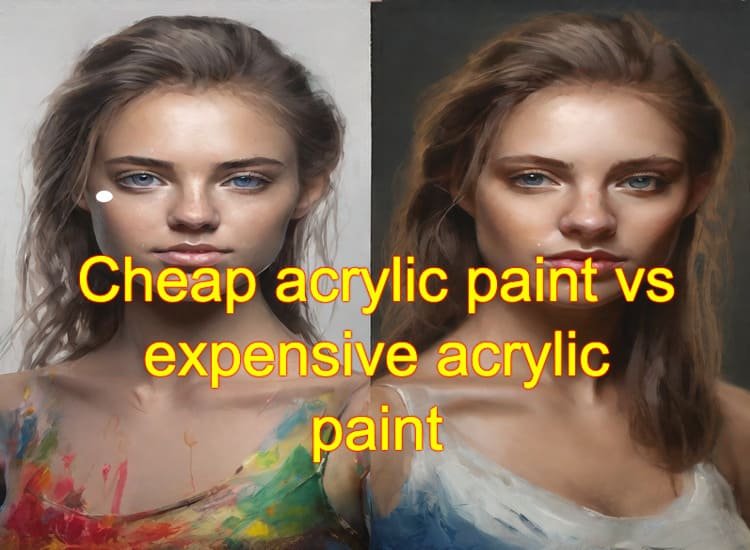
While they may work well for single colors or graphic art, they can fall short when it comes to painting figures, still lifes, or landscapes. Cheap paints can result in dull luminosity and unattractive color mixes.
Longevity and Quality Concerns
Another factor to consider is the longevity of your artwork. Cheap paints generally have less expensive binders, making them more prone to cracking over time.
On the other hand, good quality paints with higher price tags tend to have better binders, ensuring the durability and longevity of your artwork. If you value the longevity and preservation of your work, investing in higher-quality paints becomes more important.
The Connection Between Material and Artistic Expression
While it is technically possible to create great art using cheap paints, it’s crucial to understand that the quality of the materials you use can impact your artistic outcome.
The notion that “real artists” can create great art with any material disregards the fact that better materials often yield superior results. Cheap materials may limit your artistic capacity and hinder your ability to achieve the desired quality in your work.
Finding a Balance
Finding the right balance between cost and quality is key. Instead of buying numerous cheap colors, consider investing in a few professional-grade paints.
Brands such as Liquitex Professional, Pebeo, Sennelier, or Golden Acrylics offer high-quality options that are readily available at most art stores. Starting with a limited palette of professional-grade paints can yield better results and save you money in the long run.
Cheap acrylic paint vs expensive acrylic paint
| Aspect | Cheap Acrylic Paints | Expensive Acrylic Paints |
|---|---|---|
| Color Strength | Generally lower color strength | Higher color strength |
| Mixing Capabilities | Limited mixing capabilities | Better ability to mix colors |
| Suitable for Murals | Good for large mural projects | Can be used for murals |
| Artistic Applications | Suitable for single colors or graphics | Ideal for figures, still life, landscapes |
| Luminosity | Dull luminosity | Enhanced luminosity |
| Longevity | Less likely to have good longevity | Higher-quality binders for better durability |
| Cracking | More prone to cracking over time | Less likely to crack |
| Quality | Lower quality due to cheaper materials | Higher quality due to superior materials |
| Coverage | May require multiple layers for coverage | Better coverage with fewer layers |
| Pigment Quality | Lower-quality pigments | Higher-quality pigments |
| Brand Recommendations | Value brands such as store brands | Professional brands like Liquitex, Pebeo, Sennelier, Golden Acrylics |
A Recommended Starting Palette
To begin with, you can select a few essential colors of professional-grade paints that will enable you to mix a wide range of hues.
A suggested starting palette includes Phthalo Blue, Napathol Red Light, Azo Yellow Medium or Diarylide Yellow, Titanium White, and Ivory Black. These colors will provide you with the versatility to create various shades and tones.
Exploring Differences and Personal Preference
It’s important to note that the choice between expensive and cheap paints depends on individual preferences and painting styles. Some artists mix cheap and expensive paints to take advantage of the differences in color vibrancy, coverage, and consistency.
While expensive paints may offer more vibrant colors and better coverage, cheaper paints can still be used effectively for layered work and mixing. However, it’s worth investing in a good-quality white paint, as cheap whites often lack coverage and can be frustrating to work with.
Considering Longevity and Pigment Quality
While some argue that expensive paints use higher-quality pigments that offer better longevity, it’s essential to research the pigments used in both affordable and expensive options.
Pigments can fade at different rates, and affordable paints often list their pigments, allowing you to assess their longevity. Additionally, applying a UV varnish can help protect your artwork regardless of the paints used.

